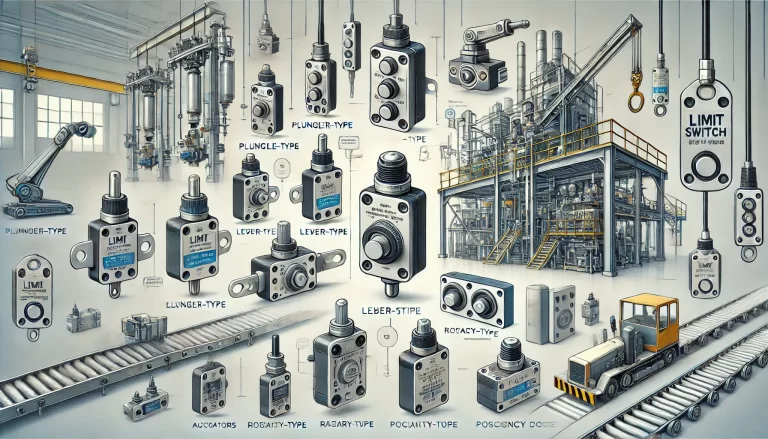In the realm of electronics, automation, and computer control, understanding the types of signals used for communication and processing is essential. The three primary types of signals are switch signals (referred to as switch quantities), analog signals, and digital signals. Each plays a vital role in different applications, providing specific advantages depending on the system’s requirements. Here, we delve deeper into the characteristics and uses of these signals.

1. Switch Quantity (Discrete or Binary Signals)
A switch quantity, also known as a discrete or binary signal, is a type of signal that can only exist in one of two possible states. These states are typically represented as “on” or “off,” “true” or “false,” or “1” or “0.” This type of signal is fundamental in digital electronics and control systems.
Characteristics of Switch Quantity Signals:
Binary Nature: Only two states are possible, making them easy to implement and highly reliable for simple decision-making processes.
Used in Control Systems: Commonly found in devices that need to perform specific actions like turning on or off a motor, activating an alarm, or toggling a light.
Example: An everyday example of a switch quantity signal is a light switch. The light is either on (1) or off (0), without any intermediate state.
Applications: Switch quantity signals are prevalent in situations where straightforward “yes/no” or “on/off” commands are required. Industrial control systems, household appliances, and basic input/output operations in computing all make extensive use of this type of signal.

2. Analog Signals
Analog signals are continuous signals that can vary smoothly over a range. They represent physical phenomena with an infinite number of possible values within a specified range. Unlike switch signals, analog signals are capable of representing more complex, nuanced information such as temperature, sound, or pressure.
Characteristics of Analog Signals:
Continuous Values: Unlike digital signals, analog signals can take any value within a specified range. This allows them to closely resemble natural phenomena that also change in a continuous manner.
Sensitive to Noise: Due to their continuous nature, analog signals are more susceptible to noise and interference, which can distort the original signal.
Complexity in Processing: While analog signals can provide detailed data, they often require more complex equipment for processing compared to digital signals.
Example: Temperature readings from a traditional thermometer or the sound waves captured by a microphone are both analog signals. They change gradually and reflect the exact changes in the environment without any abrupt jumps.
Applications: Analog signals are widely used in various fields, including audio and video transmission, radio broadcasting, and sensors in scientific instruments. Their ability to capture a continuous flow of data makes them indispensable for applications that require detailed and precise measurements.

3. Digital Signals
Digital signals, in contrast to analog signals, are discrete and represent data using a sequence of numbers, often in binary format (0s and 1s). They are fundamental to modern computing and digital communication.
Characteristics of Digital Signals:
Discrete Values: Digital signals are represented by distinct steps rather than a continuous wave. This discretization makes them less susceptible to noise and easier to process accurately.
Robust Against Disturbance: Because of their discrete nature, digital signals are more resistant to distortion and noise, which helps maintain signal integrity over long distances.
Simplified Processing: The use of digital signals allows for simpler, more efficient processing through digital electronics like microcontrollers and computers.
Example: An analog-to-digital converter (ADC) takes an analog signal, such as audio input, and converts it into a digital signal that can be processed by computers or other digital devices. This digital representation allows the signal to be stored, transmitted, and manipulated more effectively.
Applications: Digital signals are at the core of all modern technology, from smartphones and computers to communication systems and digital televisions. Their reliability and efficiency have made them the standard for any system that requires precise, repeatable processing and data transfer.

Comparing the Three Types
Each type of signal has its unique strengths and weaknesses:
Switch quantities are simple, reliable, and essential for binary decision-making.
Analog signals offer detailed, continuous information but are more prone to noise and require complex processing.
Digital signals provide robust, noise-resistant data transfer and are easily processed by modern electronics.

Understanding when and how to use these signals is critical for designing effective systems in automation, communication, and various technological applications.
